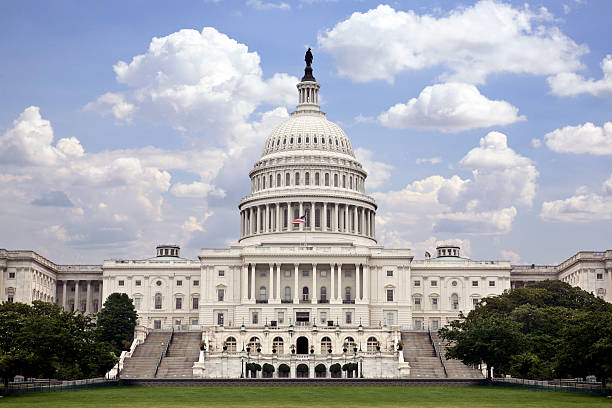Q&A on H.R. 7228, the Bolstering Intellectual Rights against Digital Infringement Enhancement Act (BIRDIE Act)
Q: Why is H.R.7228, the BIRDIE Act necessary? What does the bill do?
Golf course architects create unique, original, and aesthetically inspiring designs that deserve copyright protection. The BIRDIE ACT would provide that protection by amending the definition of an “architectural work” to include golf course designs as embodied in any tangible medium of expression, including, but not limited to, architectural plans or drawing, including an architectural plan or drawing.
The Architectural Works Copyright Protection Act of 1990 established this protection for buildings but wrongly excluded golf courses. The advent of digital technology and simulation has created an industry that copies and monetizes golf course designs without any compensation for the creator. That was unforeseen in 1990 but is known now and requires a remedy.
Q: Why should golf course architecture be included in U.S. Copyright Code?
Golf course architects are artists. Similarly to how a painter transforms a blank canvas, golf course architects transform plots of lands into courses with unique individual features that serve both a utilitarian and aesthetic purpose. However, there is one important difference between painters and golf course architects: painters’ works are eligible for protection under U.S. copyright law while golf course architects are not. The BIRDIE Act would amend this wrongdoing.
Q: Why should Congress address copyright protections for golf course architecture now?
The last time Congress deliberated this question in 1990, there was no internet. Digital reproduction and the monetization of golf course designs used in simulation tools and video games have become a multimillion-dollar enterprise. It is simply unfair that the people who designed those courses do not share in the digital monetization of that design.
Many companies now develop computerized golf games and simulators from images they gain in various ways, including flying drones over golf courses, which is often private property. For instance, the PGA Tour 2K23 game has a virtual library of iconic courses designed by legendary architects that can be played digitally. Golf course architects receive no compensation for the use of their designs.
The same is true in the case of golf simulators, which allow golfers to play renowned courses and hone their skills all from the comfort of their homes, bars, restaurants, and golf and country clubs. Golf remains one of the most popular recreational pastimes in the US, and consumer demand for computerized golf games and simulators is expected to steadily increase. With the BIRDIE Act, individuals responsible for designing some of the most celebrated courses in the country will finally be able to capitalize on the rapid adoption of this technology and receive fair compensation for their work.
Advances in simulation and virtual reality will only make the problem worse and enable the further concentration of wealth in the hands of a few companies leveraging the creativity of others for their exclusive commercial gain.
Q: Does this apply to all golf courses?
No – the BIRDIE Act would only apply to works created on or after December 1, 1990, and works unconstructed and embodied in unpublished plans or drawings on December 1, 1990. The bill would not include mini golf courses to receive protection under U.S. copyright code.
Q: Does the BIRDIE Act create protections for the collective features that make up a golf course?
Yes – the BIRDIE Act would insert language in Sec. 101 of the Copyright Act that extends copyright protections to the following features: landscaping, an irrigation system, a path, a golf green, a tee, a facility in which golf is practiced, a bunker, a lake, and a topographic feature. All these design features culminate together to create a unique work. Each design for an individual hole must include considerations for topography, vegetation, and water runoff.
Q: Is golf course architecture the same as landscape architecture?
No – golf course architecture is a profession that falls at the intersection of several technical and sophisticated disciplines. The technical components necessary to create playing fields over large areas include knowledge of civil engineering, construction techniques, cut and fill earth works and knowledge of drainage, agronomy, soil mechanics and management.
The barren, treeless dunes of Scotland provided the original setting for the construction of golf’s earliest courses. Golf course architects build upon these natural landscapes rather than on pre-designed landscapes. Furthermore, golf courses are not simply functional in nature, but highly designed experiences, often taking an empty patch of land and curating it into a completely original form of entertainment.
###

